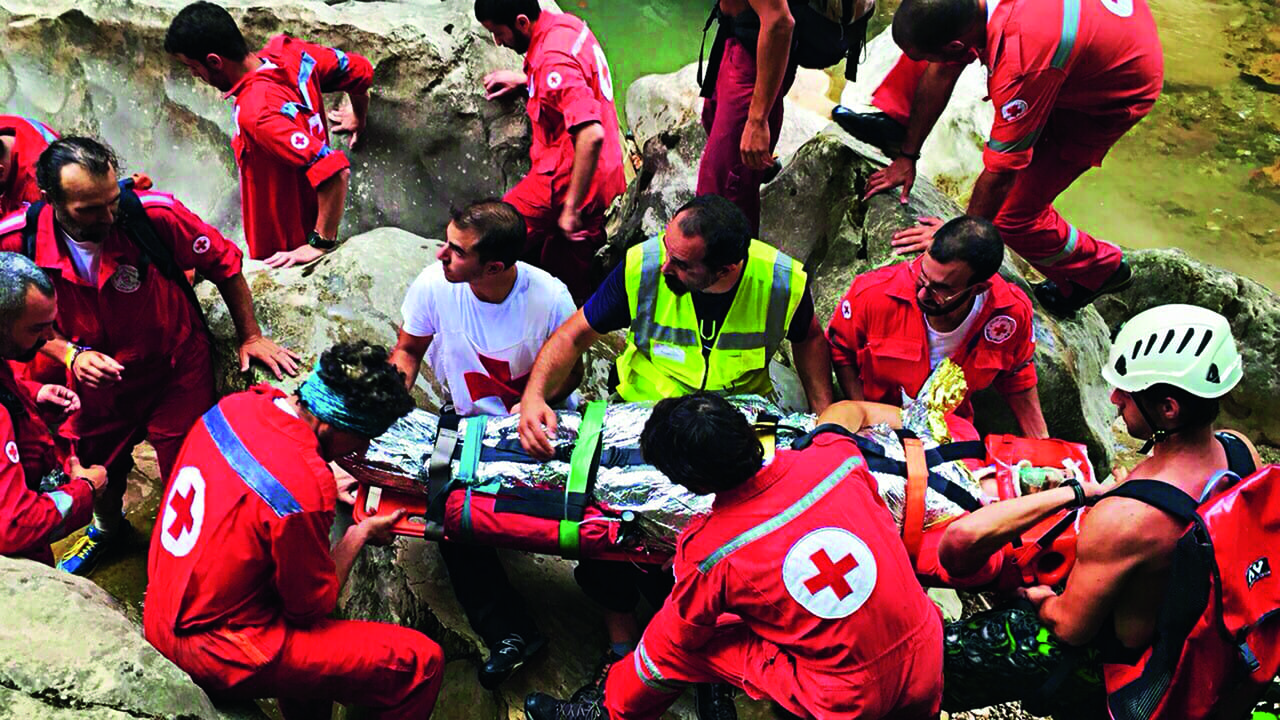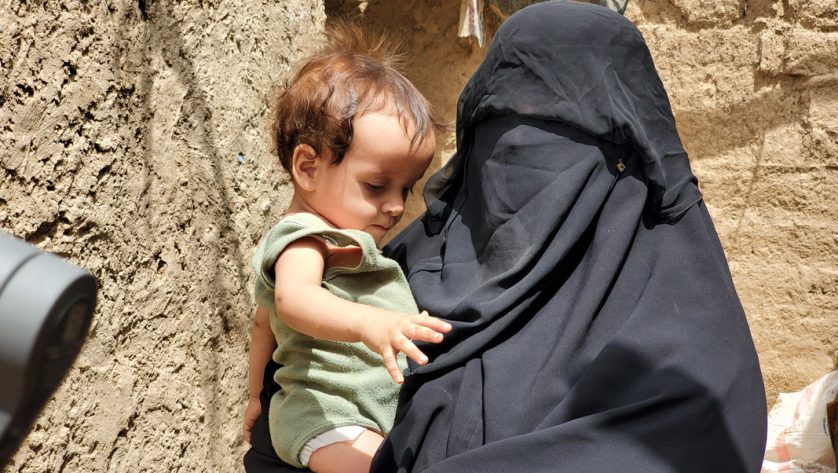Conversely, well-resourced National Societies, the IFRC and the ICRC have also invested more heavily in helping National Societies develop as organizations. Ongoing initiatives from the IFRC include a global review of volunteering aimed at improving National Society management of volunteers, a new tool aimed at supporting branch development, leadership and resource mobilization training, and a process in which National Societies conduct thorough internal assessments aimed at identifying strengths and weaknesses.
This assessment initiative, known as the Organizational Capacity Assessment and Certification (OCAC), was launched by the IFRC in 2011 as a tool designed to measure, analyse and ultimately help National Societies improve their performance and competencies from the bottom up. In short, staff and volunteers at all levels and departments of the organization participate in three-day workshops in which they come to consensus on where the National Society stands on a set of 85 specific organizational attributes, from volunteer development to fundraising and risk management.
“This is not a navel-gazing exercise,” says Roger Bracke, head of the IFRC’s Organizational Development Department. “This is about facing the hard reality in terms of what National Societies are doing well, or not doing well, so that in either case, we can improve our actions on behalf of people who are suffering.
“Just as importantly, the findings that come from this process are not being delivered by outside auditors or consultants,” he adds. “They come from the people who work for the National Society every day. The gaps and strengths uncovered in each National Society, therefore, are well understood and then become an opportunity for targeted efforts to address these weaknesses and build on their strengths.”
The Ethiopian Red Cross conducted an OCAC review in 2013 and the insights gained helped the National Society design its Change Plan of Action, a process already under way aimed at reshaping its relations with government and donors, evaluating new programmes and projects, and formulating a more robust and diverse resource mobilization strategy.
For numerous National Societies, the OCAC process has already led to concrete changes in organization structure and management practices with direct consequences at the community level.
“Instead of running programmes and projects from national office, we’ve started strengthening our branches and conducting more training of branch volunteers so that they are empowered to do more of the work themselves,” says Filipe Nainoca, director general of the Fiji Red Cross Society.
“For the first time branches were able to run their own programme, a dengue outbreak response,” Nainoca says, adding that 200 volunteers in 14 branches were trained and ultimately reached 86,000 people.
“Before OCAC, the dengue programme would have been run mainly from national office and only in the branches when national office staff were present,” he says, adding that the National Society is focusing on other low-cost activities conceived and developed by branch volunteers. “Now the volunteers are more empowered to do the work in their communities.”
In many cases, it’s not just the dynamics of aid funding that inhibits organizational development of National Societies but the fact that many must operate in nearly constant emergency response mode, year after year. Faced with external crises, they often don’t have the breathing space to adequately consider their own organizational development.
The Lebanese Red Cross is a case in point. Widely respected and accepted for its ambulance and first-aid services in Lebanon, a very diverse and often divided country, the National Society has served all quarters of its population through numerous crises over the last 50 years.
“The Lebanese Red Cross does a lot and has a very good reputation in terms of the services we provide to the population, but our organizational capacities are not as strong as they should be because we haven’t invested in them enough,” says Nabih Jabr, assistant director at the Lebanese Red Cross, Emergency Medical Services Department.
When the National Society brought staff, leadership, governance people and volunteers together into one room for the three-day OCAC workshop in 2013, managers learned that they were losing skilled, dedicated people simply due to the way they managed volunteer ambulance crews.
“Being a volunteer emergency medical service worker is very demanding in terms of time — about 20 hours per week,” Jabr says “When people get married or progress in their careers, they no longer have this kind of time. And these are people that have become Red Cross through and through; they have been there for five or ten years. But when they cannot commit to the time anymore, we basically kick them out. So we started to think that perhaps we could offer them other opportunities that are less demanding and where their experiences can benefit other services that we offer.”
The OCAC process, along with support already being received from sister National Societies, also led to improvements in financial management and human resources that Jabr says will improve the long-term strength and sustainability of Lebanese Red Cross operations. Jabr says he’s very proud of what the National Society has achieved, even while operating in emergency mode during successive conflicts. “But imagine how much better we could be,” he adds, “if we continued to improve our organizational capacities and how much that would benefit all these services.”
 Red Cross Red Crescent magazine
Red Cross Red Crescent magazine 






 Tech & Innovation
Tech & Innovation Climate Change
Climate Change Volunteers
Volunteers Health
Health Migration
Migration